L-3 (Submarine No. 42)
1916-1930
(Submarine No. 42: displacement 450 (surface), 548 (submerged); length 167'5"; beam 17'5"; draft 13'7"; speed 14 knots (surface), 10.5 knots (submerged); complement 28; armament 1 3-inch, 4 18-inch torpedo tubes; class L-1)
L-3 (Submarine No.42) was laid down on 18 April 1914 at Quincy, Mass., by the Fore River Shipbuilding Co. as subcontract with Electric Boat Co., Groton, Conn.; launched on 15 March 1915; and sponsored by Mrs. Lew Morton Atkins.
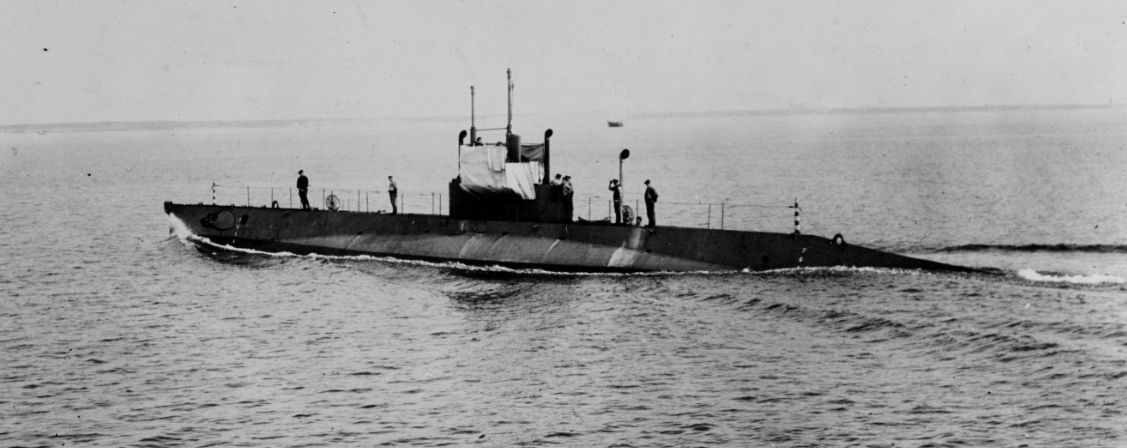
Commissioned at the Boston [Mass.] Navy Yard, on 22 April 1916, Lt. (j.g.) Deupree J. Friedell in command, L-3 was assigned to the Fifth Division, Submarine Flotilla, Atlantic Fleet as of 22 April 1916, and initially operated off Massachusetts and in the Block Island and Long Island sounds conducting equipment tests, tactical maneuvering, and torpedo target practices to 22 June. Departing that day from New London, Conn., she arrived at the Philadelphia [Pa.] Navy Yard, on 24 June. Clearing the yard, a week later [1 July], she shifted to Cape May, N.J. (1-5 July) before making her return to New London on the 6th. In succeeding weeks, she conducted additional training off Newport, R.I. until going to sea on 16 August. Transiting southward, she arrived at Lynnhaven Roads, Va., on 21 August, then made her return to New London on 23 August. In early September she operated again off Massachusetts before entering the Boston Navy Yard for overhaul (6 September-27 October), then again conducted training in the waters off Rhode Island and Connecticut into December. On 2 December, she cleared Newport bound southward to conduct further tests and made visits to Annapolis, Md. (9-10 December), Hampton Roads, Va. (10-13 December), Key West, Fla. (23-30 December), before arriving at Havana, Cuba, on 30 December for holiday liberty.
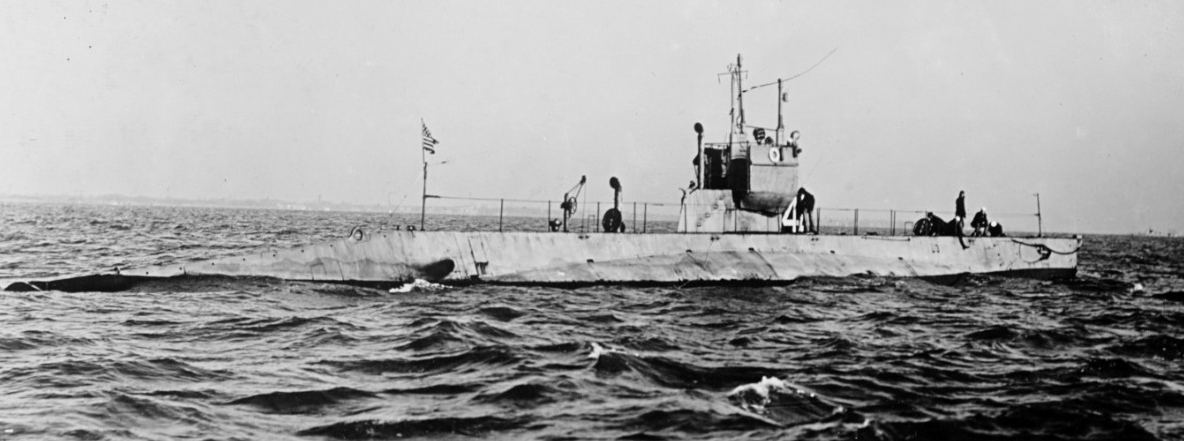
After spending the New Year’s holidays at Havana, L-3 cleared the Cuban capital on 2 January 1917 and arrived, later that day at Key West. Remaining there until 22 January, she got underway bound for Pensacola, Fla., via the Dry Tortugas (22-26 January) and arriving at her destination on 28 January. She spent the succeeding weeks operating along the Gulf coast from Pensacola and Mobile, Ala. (14-21 February) well into March. During this time the Atlantic Fleet was conducting its annual winter training in the waters off Cuba when the German resumption of unrestricted submarine warfare on 1 February, resulted in increased tensions with the U.S. The fleet initially consolidated in Guacanayabo Bay, Cuba, then re-located to the sheltered waters of the lower Chesapeake Bay and the York River, Va.
With the concentration of the fleet, L-3 departed Pensacola on 27 March 1917 and transiting via Key West (30-31 March) and arrived at Hampton Roads on 5 April. The day following her arrival, the U.S. declared war on Imperial Germany and entered the Great War. The day of this declaration, L-3 shifted to the Norfolk Navy Yard, Portsmouth, Va. (6-16 April). Upon clearing the yard on the 16th, she moved up the York river and joined the fleet at Yorktown, Va. The submarines of the flotilla operated in the Chesapeake Bay conducting tactical exercises with a number of the fleet’s surface assets in Tangier Sound (30 April-4 May). On 4 May, Bushnell, along with L-1 (Submarine No. 40), L-2 (Submarine No. 41), L-3, and L-4 (Submarine No. 43), departed from York Spit, Va., bound for the Philadelphia Navy Yard, and arrived the next day. On 6 May, L-3 and L-4 collided with Swallow (Minesweeper No. 4) at the Philadelphia Navy Yard. Adm. Henry T. Mayo, Commander, Atlantic Fleet, issued letters of reprimand to the commanding officers of L-3 and L-4 for their improper handling of their boats and “carelessness in the performance of duty.”
In June 1917, Vice Adm. William S. Sims, Commander, U.S. Naval Forces in European Waters, cited British success in using submarines as submarine hunter-killers in antisubmarine warfare (ASW). The Allied submarines, with their lower profiles, could approach U-boats more stealthily than larger surface patrol vessels. On 2 July, Adm. William S. Benson, Chief of Naval Operations, ordered the twelve most suitable submarines on the Atlantic coast be fitted out for duty in European waters. L-3 underwent extensive overhaul into November at Philadelphia, to prepare her for distant service.
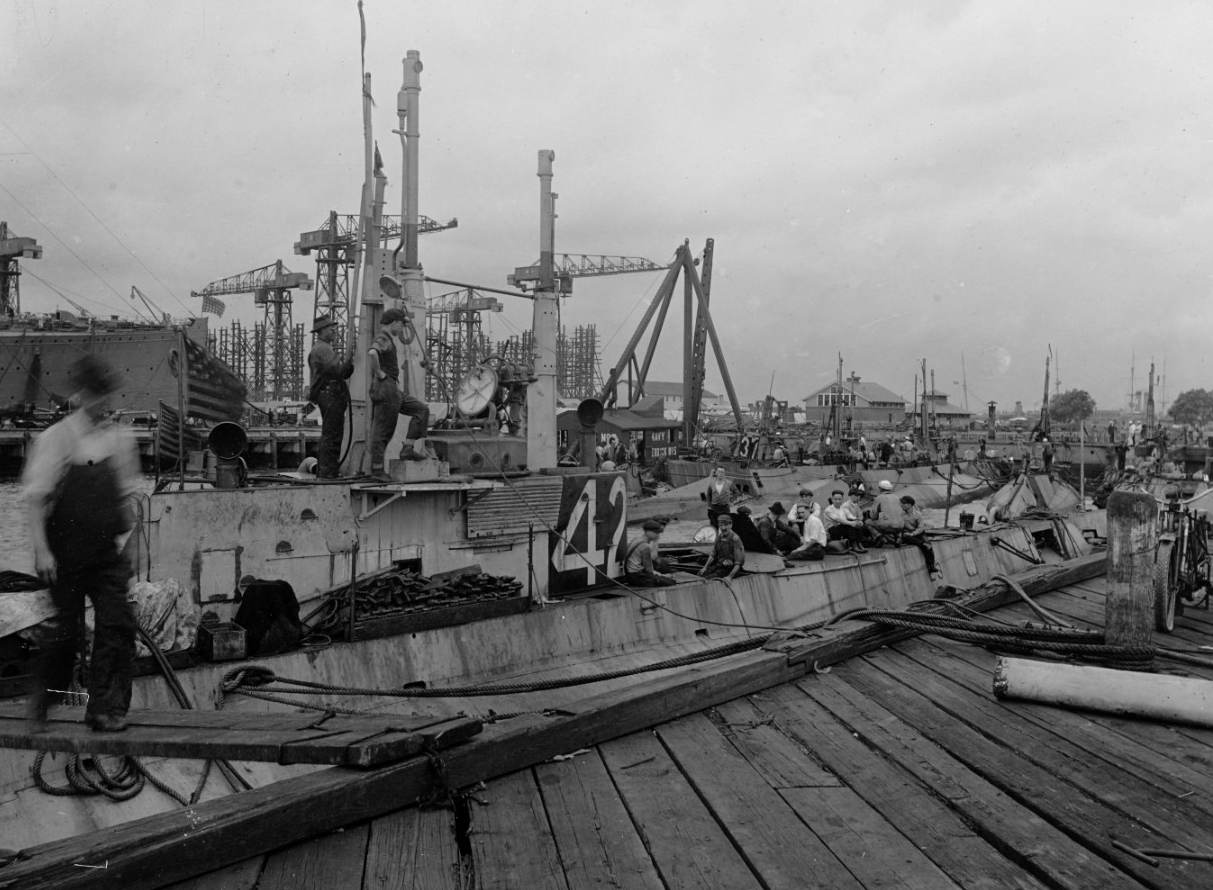
L-3 got underway in company with L-1 and L-2 on 14 November. The submarines proceeded to Lewes, Del., to conduct surface and submerged drills and maneuvers and returned to the Philadelphia Navy Yard that evening.
L-3, in company L-1; L-2; L-4; L-9 (Submarine No. 49); L-10 (Submarine No. 50); L-11 (Submarine No. 51); E-1 (Submarine No. 24); Bushnell (with Capt. Thomas C. Hart, Commander, Submarine Flotilla embarked); and Fulton (Submarine Tender No. 1), cleared Philadelphia on 18 November 1917 and proceeded to New London, Conn. (Base No. 22), arriving on 22 November. From there, they departed on the 27th, bound for European waters via Melville, R.I. Having charted a direct course to the Azores, Hart’s force ran into a gale which scattered them and required them to pause and re-assemble at Bermuda (Base No. 24) on 13 December. After a period at Bermuda, L-3 departed in company with Genesee (Fleet Tug No. 55), L-4 (Submarine No. 43), and E-1 (Submarine No. 24) on 31 December bound for the Azores. The ships arrived at Ponta Delgada (Base No. 13) on 12 January 1918. She cleared the Portuguese archipelago on 22 January bound for the British Isles. She, however, was forced to return to Ponta Delgada, due to a battery leak. Upon completion of repairs, she again cleared Ponta Delgada and finally arrived at the U.S. submarine base at Berehaven [Castletownbere], Bantry Bay, Ireland, on 22 February.
Upon arrival in the war zone, in order to differentiate them from the British L-class submarines, the U.S. boats were re-designated with the suffix “A” (American) and the letters and numerals identifying them were painted onto the fairwaters of the U.S. boats. The commander of the forward deployed U.S. submarines was Capt. Thomas C. Hart on board Bushnell (Submarine Tender No. 2). Hart was later replaced by Cmdr. Wilhelm L. Friedell on 21 June 1918. While deployed to Ireland, however, the submarines were subject to the command of Adm. Sir Lewis Bayly, RN, Commander-in-Chief, Coast of Ireland, and his commander of submarines, Capt. M. Eric Nasmith, RN (later Dunbar-Nasmith) who exercised operational control. Bayly initially ordered Hart to deploy only one of his submarines at a time at sea, and that Royal Navy officers were to always be informed of departures and returns. Their patrol area was also to be limited to seaward of the Fastnet Light, so as to keep clear of British patrols and to avoid potentially fatal friendly-fire incidents.
The submarines’ initial base at Queenstown, however, proved unsatisfactory for Lt. Cmdr. Harold M. Bemis’ Division Five, as it was also serving as the headquarters for the surface patrol forces. As a result, the U.S. submarines were relocated to Berehaven. The division trained in Bantry Bay conducting dives and tactical maneuvers under the charge of the commander of the Royal Navy’s Submarine Flotilla also based at Berehaven. U.S. submarine officers also trained with a “submarine attack war game” apparatus on board the submarine depot ship HMS Vulcan. The U.S. submarines’ patrols were to be based on eight-day rotations, there would be eight days on patrol and eight days in port for overhaul, re-provision, and rest in preparation for the next eight-day patrol.
With her training with the British completed, AL-3 began patrolling operations in early March 1918. While returning from patrol on 22 March, AL-3 was in a head sea. The rolling of the boat negatively affected the magnetic compass causing her to be late in returning to base. AL-3 arrived at Queenstown (Base No. 6) on 9 May and entered the yard at Haulbowline for refit. On 1 June, L-3 was still at Haulbowline engaged in overhaul and upkeep. Working parties from Melville (Destroyer Tender No. 2) and Dixie (Destroyer Tender) also conducted overhaul work on the boat.
Following her period in the yard, AL-3 cleared her base at Berehaven on 6 June 1918 in thick weather and stood out to submerge to test her hull for leaks. Upon surfacing, she sighted a U.S. destroyer bearing down on her at 2,500 yards. The submarine exchanged recognition signals and the destroyer passed ahead to the north. Shortly thereafter, a second destroyer, Jenkins (Destroyer No. 42) which had struck a submerged object earlier which she believed to be a submarine, hove into sight and bore down on AL-3. The boat fired a smoke bomb as a recognition signal, but Jenkins fired on the submarine. AL-3 detonated three more smoke bombs, flashed a signal on the Aldis lamp, and had her colors flying. Despite these measures, the destroyer fired six shots at the submarine, all of which fell short. Later, she approached AL-3 to inquire if she was injured. Answering in the negative, AL-3 obtained permission to proceed and continued to westward.
AL-3 departed Berehaven on 25 July; bound for Plymouth, England, she was to rendezvous with the U.S. submarine chasers stationed there in order to conduct ASW training. She arrived the following day at the rendezvous point, five miles south of Eddystone light, and was convoyed in to port. She conducted training based from Plymouth into September. AL-3 departed Plymouth on 2 September and proceeded back to Ireland, she was escorted back in to Queenstown on the 3rd. The next day she shifted to her base at Berehaven. AL-3 continued to conduct patrols based from Bantry Bay into November.
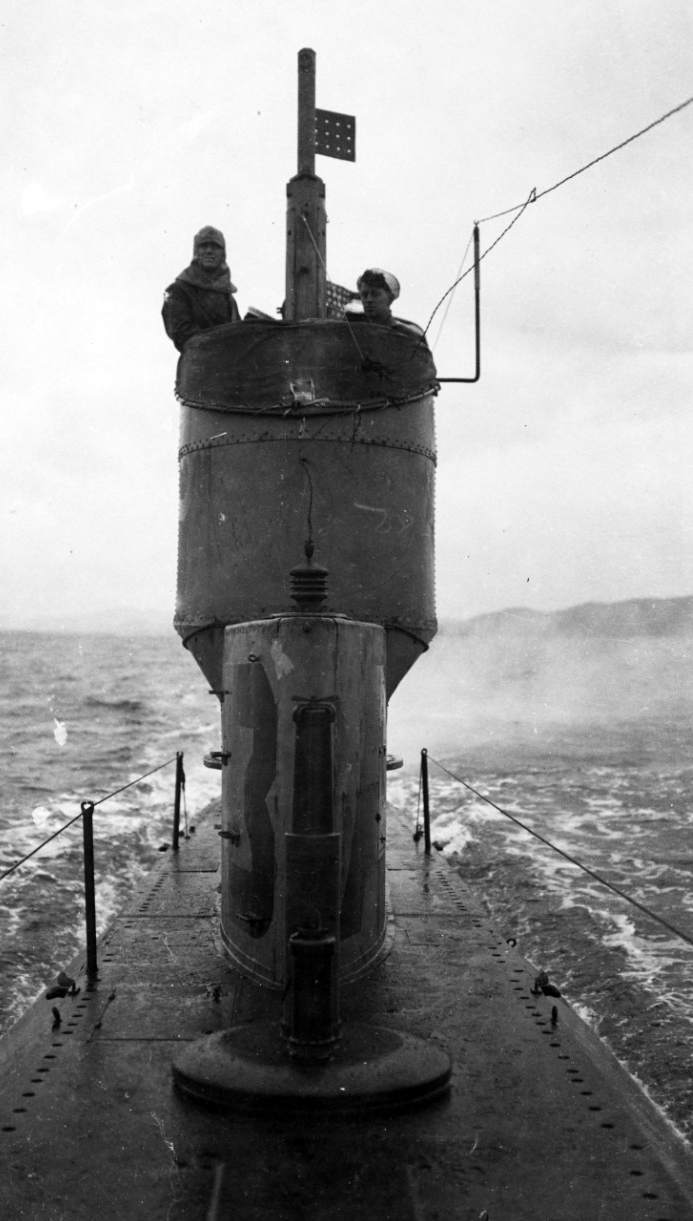
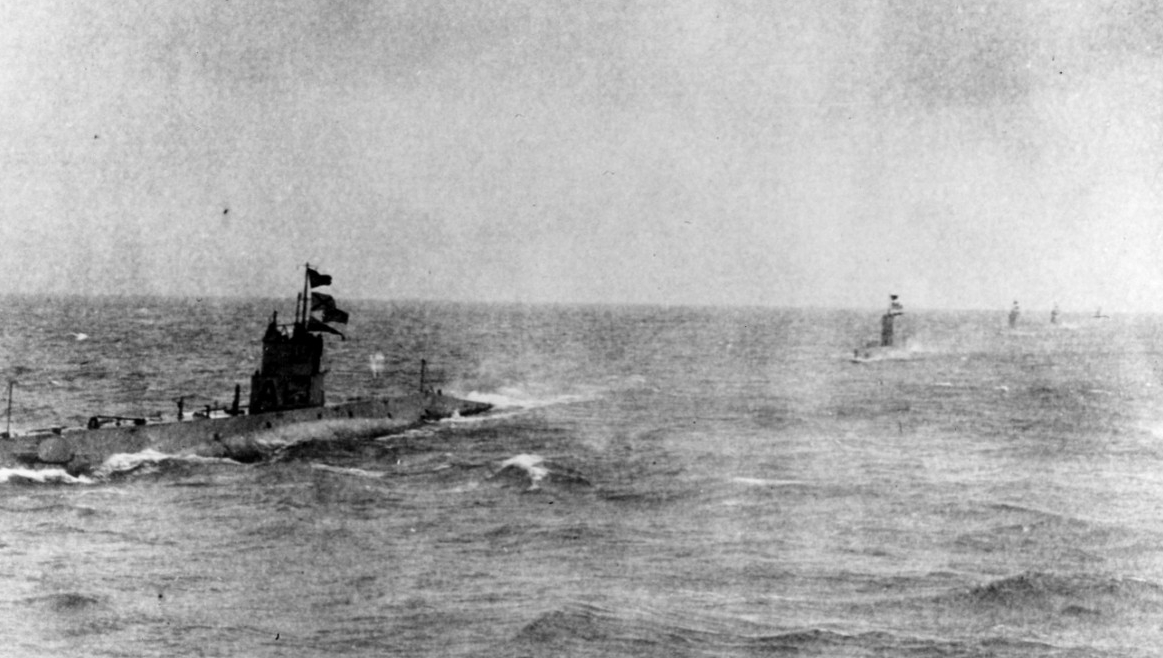
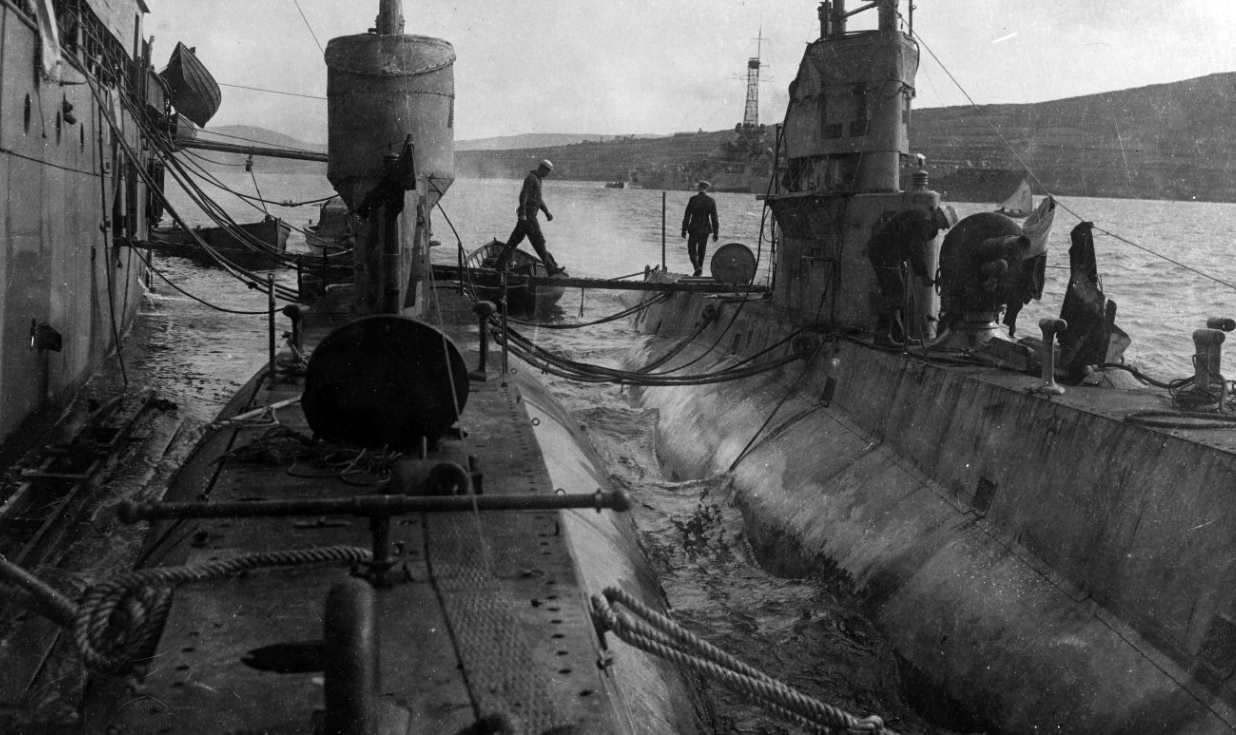
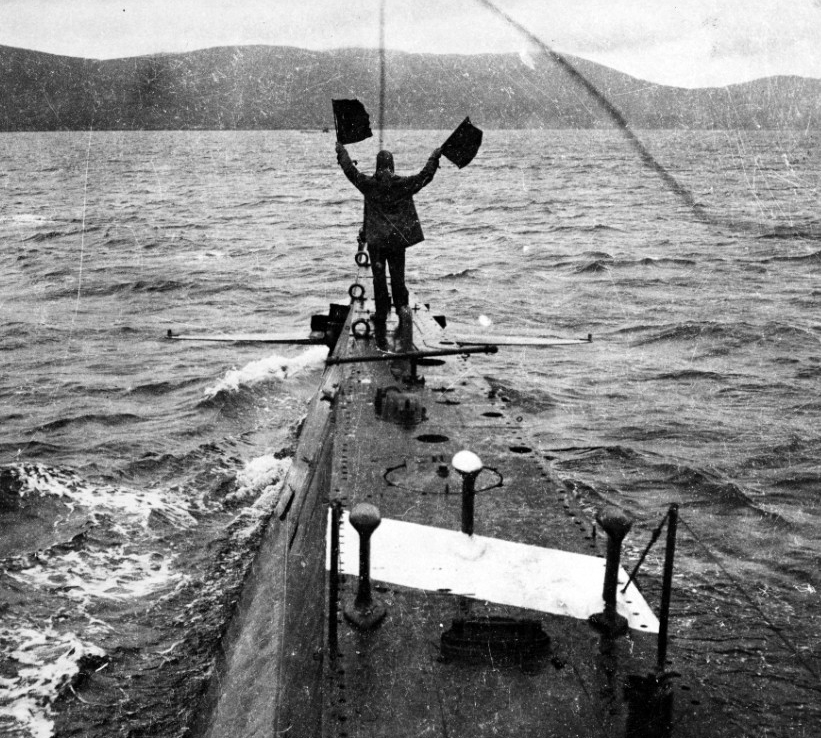
With the Armistice of 11 November 1918, the submarine shifted to Portland, England, and remained there into the New Year. AL-3 departed Portland on 3 January 1919 for the U.S. Transiting via the Azores and Bermuda, she arrived at the Philadelphia Navy Yard on 1 February.
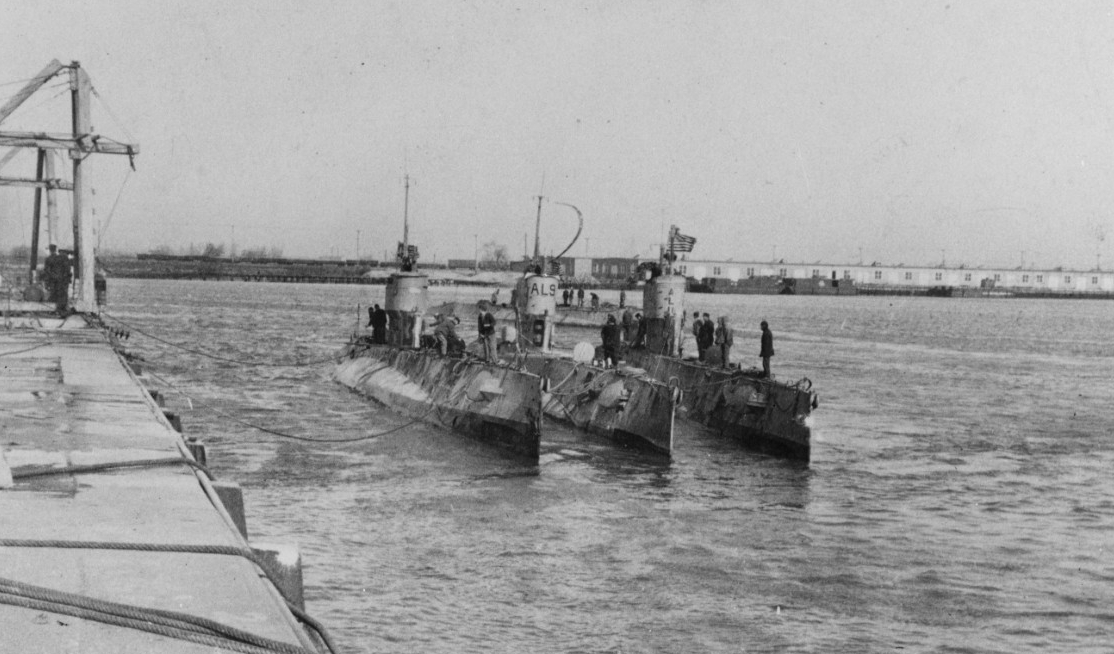
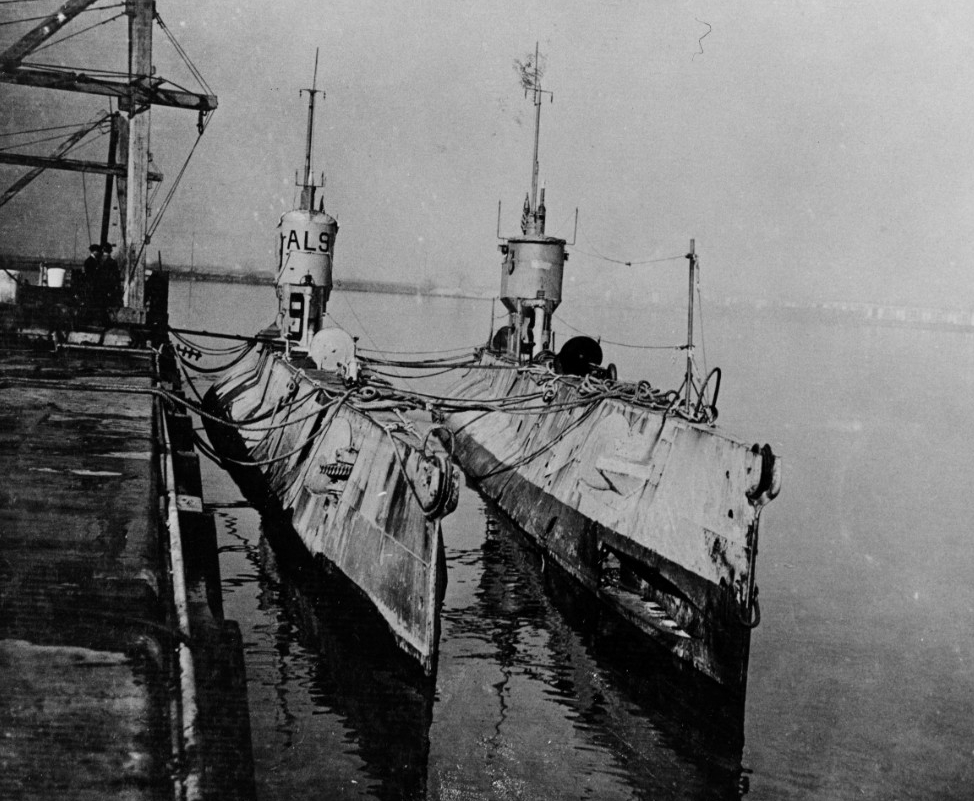
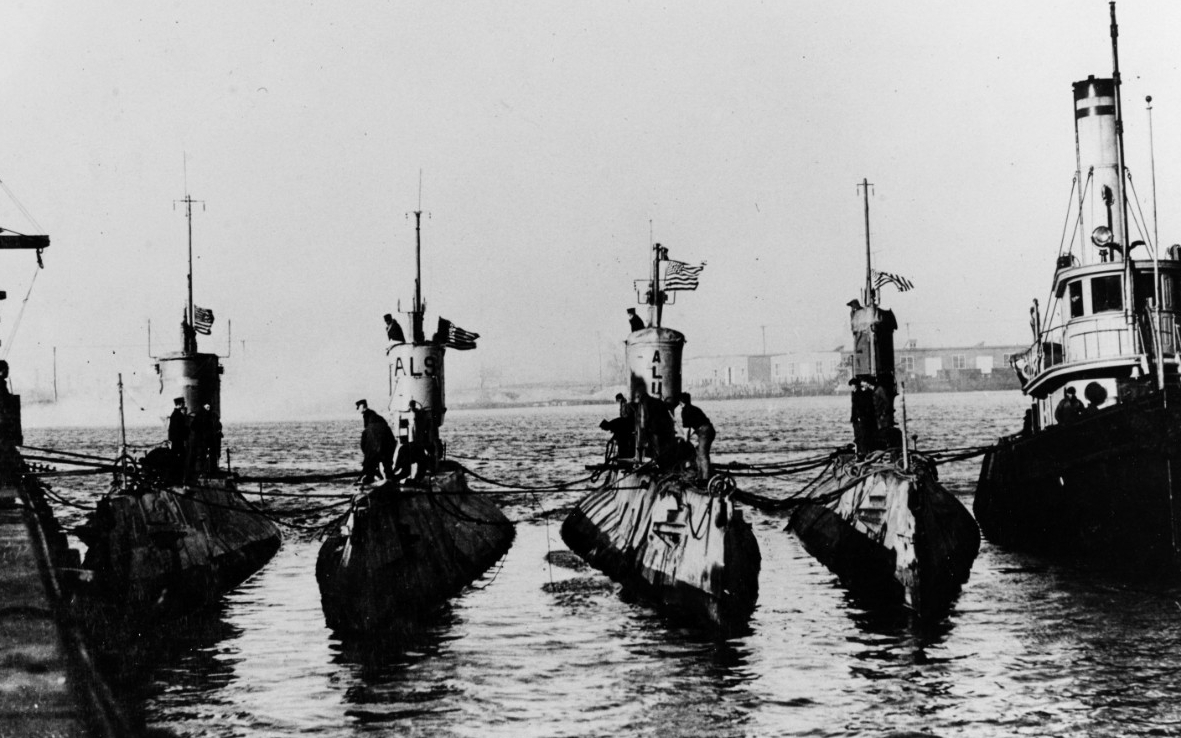
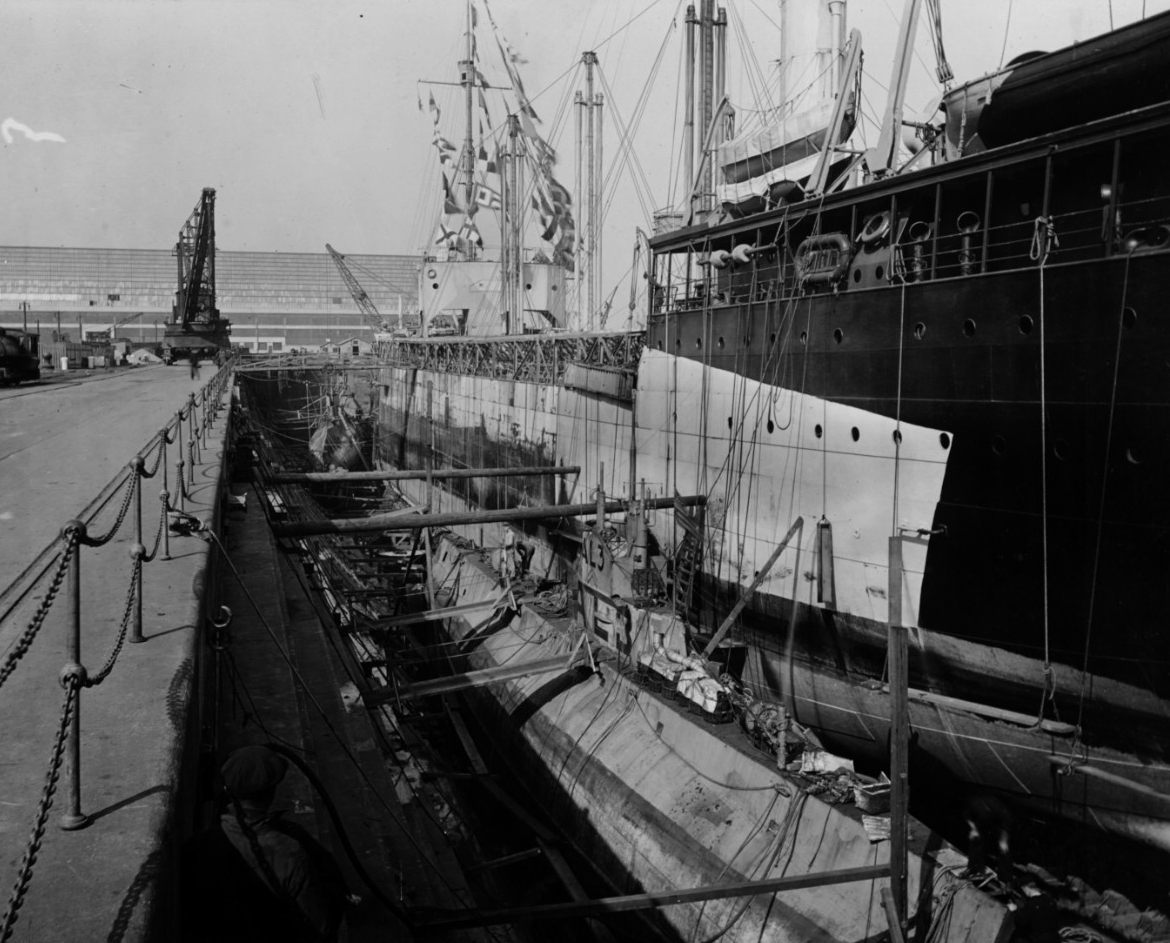
Within a week of her return she underwent inspection and a change of command. Afterward, she underwent post-deployment overhaul and refit, upon completion of which, she was re-assigned to the Submarine Base, Hampton Roads, where she arrived on 27 May 1919. Based from there, the submarine conducted training and undersea warfare experiments in the waters off the Virginia capes and in the lower Chesapeake Bay into 1920. On 29 March 1920, L-3 was undergoing overhaul at Hampton Roads. On 17 July 1920, L-3 was re-designated SS-42 as part of a Navy-wide administrative re-organization. On 16 November L-1 (SS-4), L-2 (SS-41), L-3, L-4 (SS-43), L-9 (SS-49), and M-1 (SS-47) were ordered to be prepared for transfer to the Submarine Repair Division at the Philadelphia Navy Yard. The Office of the Chief of Naval Operations (OpNav), on 22 November, issued a memorandum stating that the above mentioned submarines were to be kept in an inactive status. The Submarine Repair Division was abolished on 26 March 1921 and L-3 was detached and assigned to Submarine Division 3 at the Philadelphia Navy Yard in an inactive status. L-3 was placed in commission in ordinary on 1 June 1921 at Philadelphia and then returned to full commission on 6 February 1922, Lt. Bartley G. Furey in command. Afterward, she was towed with L-11 (SS-51) via Cold Spring Inlet, N.J. (12-14 February) and delivered to Commander, Submarine Base, New London, Conn. on 15 February. On 1 May, she was again placed in reduced commission.
After being stationed at New London for fourteen months, OpNav issued orders on 16 January 1923 stating that L-2, L-3, L-9, and L-11 would be docked and decommissioned. On 29 January, she departed New London and arrived the next day at the Portsmouth Navy Yard, Kittery, Maine, where she docked until 3 April. OpNav ordered, on 13 February, that L-3’s engine and motor may be loaded on the towing vessel for transportation to the Submarine Base, Hampton Roads. Then on 5 March 1923, OpNav ordered that L-3 proceed to Hampton Roads under the tow of the Lapwing-class minesweeper Chewink (AM-39). The submarine returned to New London on 5 April and then two weeks later, departed New London [19 April] under tow and arrived at the Norfolk Navy Yard on 21 April. L-3 was placed out of commission at Hampton Roads on 11 June 1923. She was towed into the Philadelphia Navy Yard and delivered to the charge of Commandant, Philadelphia Navy Yard on 25 September 1924. Her home yard was later changed to the Norfolk Navy Yard on 19 June 1928.
L-3 was stricken from the Navy list on 18 December 1930. She was scrapped and her material sold on 28 November 1933 in accordance with the London Treaty for the limitation and reduction of naval armament.
| Commanding Officers | Dates of Command |
| Lt. Deupree J. Friedell | 22 April 1916 – 14 September 1918 |
| Lt. Robert R. Thompson | 14 September 1918 – 7 February 1919 |
| Lt. Gilbert W. Summers | 7 February 1919 – 3 March 1919 |
| Lt. Wilder D. Baker | 3 March 1919 – 29 March 1920 |
| Lt. Theodore T. Patterson | 29 March 1920 – 1 July 1920 |
| Lt. Charles W. Styer | 1 July 1920 – 7 February 1921 |
| Lt. (j.g.) John V. K. Richards | 7 February 1921 – 25 May 1921 |
| Ens. Walter J. Williams | 25 May 1921 – 6 July 1921 |
| Lt. (j.g.) John L. Wilson | 6 July 1921 – 17 December 1921 |
| Lt. Bartley G. Furey | 17 December 1921 – 8 February 1922 |
| Lt. (j.g.) John G. Crawford | 8 February 1922 – 21 February 1922 |
| Lt. Allen R. McCann | 21 February 1922 – 1 July 1922 |
| Lt. Arthur E. Bartlett | 1 July 1922 – 28 December 1922 |
| Ens. John G. Winn | 28 December 1922 – 30 March 1923 |
| Lt. John K. Jayne | 30 March 1923 – 11 June 1923 |
Christopher B. Havern Sr.
4 June 2018


